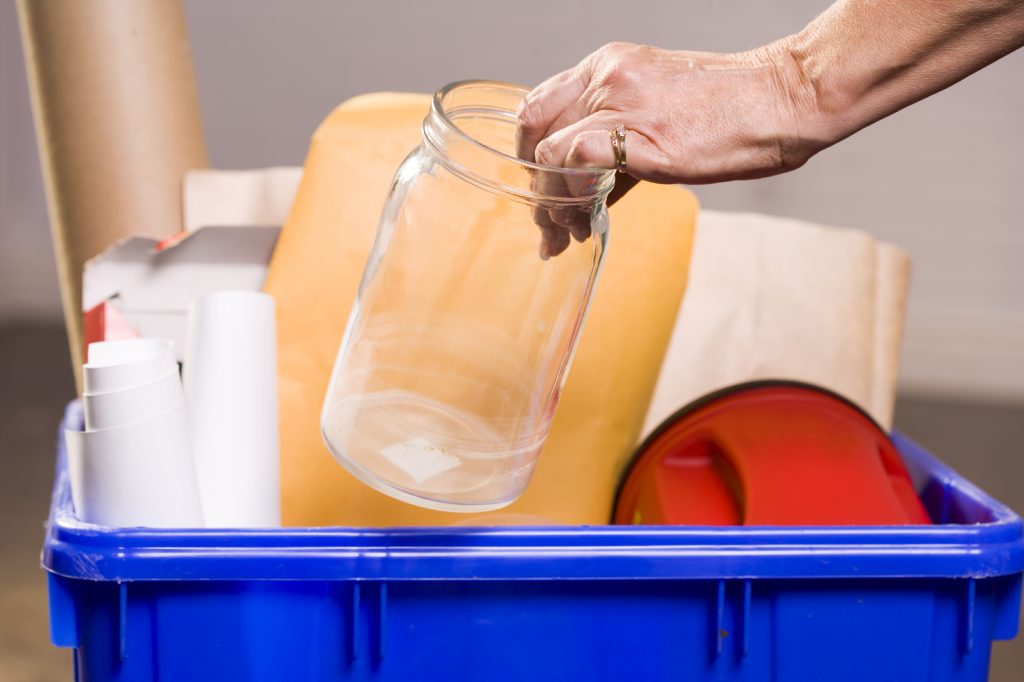When you consider the impact that operating your office has on the environment, what comes to mind? Is it the vast amount of paper you go through each day? Whether or not you are being efficient with energy use? The chemicals in the cleaners you use to disinfect patient care areas? If you are considering the possibility of becoming more “green,” first ask yourself how important the issue is to you. Is it an important value and a high priority, or would going green be simply going through the motions? To what lengths will you go to reduce your environmental footprint? The answers to these questions will be different for each practice, and may depend in part on what resources – such as recycling or renewable energy programs – are available locally. Whether you are interested in taking a few small steps toward becoming more green or launching a complete overhaul in your office, here are seven ideas to consider.
- Recycle as much as possible. In most communities, it’s easy to recycle paper, cardboard, glass, aluminum and steel cans, and plastic. You can also recycle toner cartridges and batteries to keep potentially hazardous materials out of landfills.
- Reduce the need to recycle by using fewer disposables. If you do use disposable items, look for ones that are made from recycled materials and/or can be composted. Consider cloth gowns instead of paper in exam rooms and real coffee cups instead of Styrofoam in the break room. Institute a “no plastic water bottle” policy and kick it off by buying each employee a BPA-free water bottle to keep at the office.
- When you purchase office supplies, look for goods that are made from recycled materials. You can buy everything from copy paper to envelopes to pens and Post-it® notes that are environmentally friendly.
- For cleaning supplies, look for biodegradable, non-toxic and bio-based products. In addition to environmentally friendly cleaners, you can also use trash bags, paper towels, toilet tissue, and other paper goods made from recycled materials.
- Contact your local electric company and ask them to conduct an energy audit on your office. They’ll offer ideas on how you can not only help the environment, but also save money by reducing energy consumption. Simple steps such as keeping an eye on room temperature, installing weather stripping around windows, investing in motion-sensitive lights, and unplugging equipment at night so that you’re not using “phantom” energy can make a big difference.
- Work with your local hospital to coordinate drug disposal days for patients who need to clean old meds out of their bathroom cabinets and get rid of them in a safe manner. The alternative, far too often, is down the toilet and into the groundwater.
- Offer staff incentives to use public transportation or carpool if either is feasible in your area. Put up a calendar or chart in the employee break room where staff can record the days they don’t drive to work alone and award a gift certificate to a local health food store to the top three employees who accumulate the most points each quarter.
For more information, check out the Florida Medical Association’s My Green Doctor program. They have developed a turnkey system that includes seven workbooks for “Green Team” members to use as guides to a greener office (free for members and $250 for non-members).



